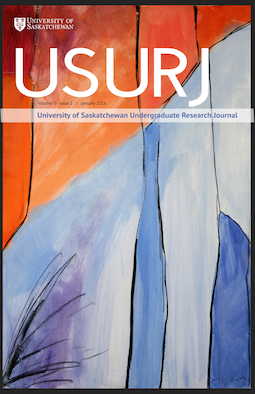Workplace decision-making in the trades: Impact of masculine attitudes
DOI:
https://doi.org/10.32396/usurj.v3i1.156Keywords:
Trades, Masculinity, Workplace Safety, Occupational Injury, Neosexism, Gender BiasAbstract
The majority of existing research on gender in the trades focuses on the personal experiences of women working in the trades. As the trades are still male dominated, the present study investigated tradesmen’s adherence to male role norms in relation to workplace safety behaviours and perceptions of co-worker competence. Participants were presented with a vignette that depicted a common, yet potentially unsafe, workplace task in which either a male or female hypothetical coworker was available to assist. Next, participants completed questions pertaining to the safety situation outlined in the vignette. Participants also completed questionnaires pertaining to the safety situation outlined in the vignette. Participants also completed questionnaires of adherence to male role norms, neosexist beliefs, perceptions of their actual male and female co-workers' abilities, and attitudes toward workplace safety. Results indicated that participants showed no gender bias when selecting a hypothetical helper in the situation; rather, adherence to safety protocls appeared to take precedence. Further analaysis revealed that for participants assigned to a vignette featuring a hypothetical male co-worker, there was a negative correlation between strength of adherence to male role norms and perceptions of actual female co-workers' general workplace abilities. For participants assigned to a vignette featuring a hypthetical male co-worker, there was a negative correlation between strength of adherence to male role norms and perceptions of actual co-workers' general safety behaviours on a job site. Possible reasons for these findings, limitations of this study, and future research directions are discussed.
Downloads
Published
Issue
Section
License
Articles: USURJ’s current Publication Agreements apply a Creative Commons Attribution-NonCommercial License (CC-BY-NC) by default. The CC BY-NC license lets others remix, tweak, and build upon work non-commercially. The author(s) can choose a different CC license, as outlined in https://creativecommons.org/about/cclicenses/. Please see the PDF for each article to determine what license is applied to that article. Author(s) can also request to reserve all copyright (All Rights Reserved). If there is no indication for articles published before September 2020, assume the author retains all rights beyond those necessary for publication by USURJ. All articles published after September 2020 will apply one of the aforementioned CC licenses. See the Publication Agreement under the Submission Preparation Checklist or Author Guidelines for more information. Artwork: All copyright for the original artwork remains with the artist unless they wish to apply a Creative Commons (CC) license to the artwork. Please see the PDF for each artwork to determine what license is applied to that artwork.







